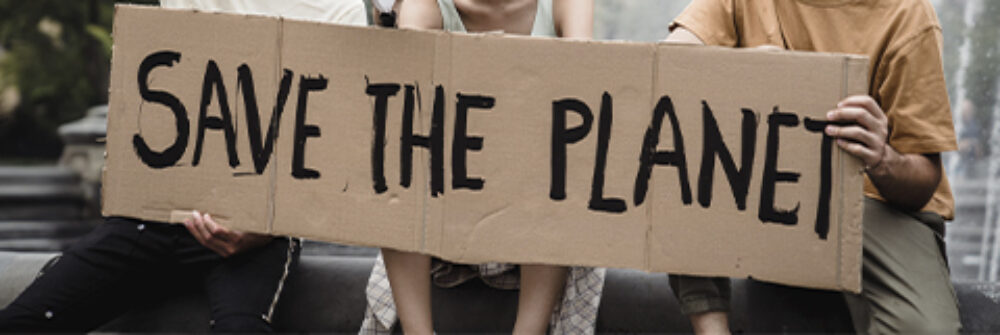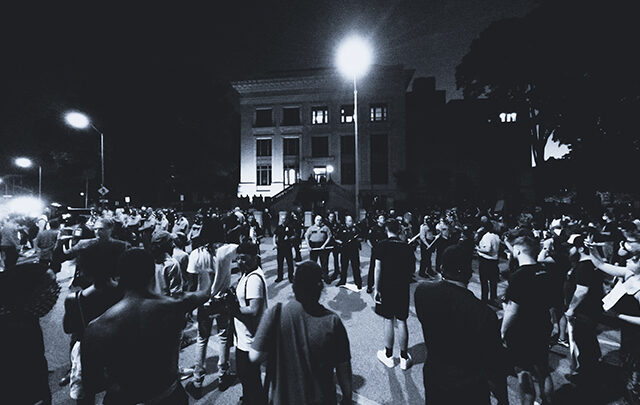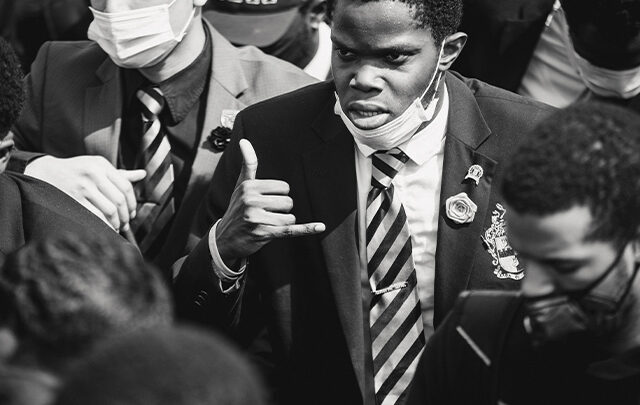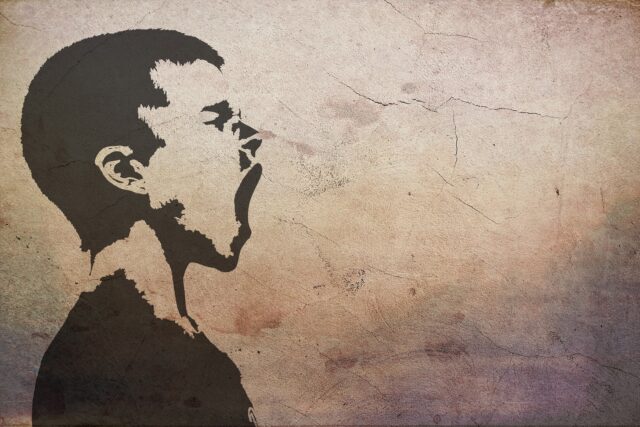There was a Kent State of its own, though much more massive, in China: on April 15, 1989, protesters, among whom there were many students, occupied Beijing’s Tiananmen Square. The students demanded greater political and economic freedoms (according to some estimates, these were the first priority – more active introduction of elements of a market economy and acceleration of economic reforms), and they also spoke out against corruption (the main slogan was “Down with corrupt officials!”). The sudden death of former Secretary General Hu Yaobang gave the students a formal reason for mass gatherings.
Students at Peking University and Tsinghua University and workers set up a tent camp in the square next to the Monument to the People’s Heroes and went on an indefinite strike. On April 27, university students in Beijing (up to 100,000 people according to various estimates participated in the action) marched through the streets of the city to the square. By May 13, two days before Mikhail Gorbachev’s visit to China, the students had gone on hunger strike to attract attention. More than 300,000 people had gathered in the square by this point. The protests took place not only in Beijing, but also in other Chinese cities.
On May 20, martial law was imposed in Beijing and troops were sent to the capital (a total of 250,000 troops arrived in the city). On June 3, unarmed troops were sent to storm the square, but they failed to capture it: students resisted and clashes broke out in the streets. On the same day, tanks and armored personnel carriers entered the city, which the demonstrators pelted with stones and Molotov cocktails.
On June 4, those gathered in Tiananmen Square were told over loudspeakers that they would “take any measures” to enforce martial law. Soldiers defending the square opened fire on the protesters – according to official figures, 241 people were killed, according to unofficial reports, between 400 and several thousand people were killed.
The protesters were declared criminals, and many of the activist leaders fled abroad. Other countries condemned the bloody suppression of the rally; in China itself, the protests caused a change in the government’s course – the liberalization of society that began in the 1980s was curtailed. The events on Tiananmen Square were followed by purges in the Party: Zhao Ziyang, the General Secretary who opposed martial law, was dismissed and put under house arrest back in May 1989, and his supporters were also dismissed. Jiang Zemin, the mayor of Shanghai, was appointed as the new general secretary, and the relaxation of control over internal politics would not begin until 1992.




MOST COMMENTED
Forms of protests
Why would people go to protests?
Forms of protests
What is an internal protest?
Largest protests
Khaki ball: the loudest anti-war protests and actions.
Student protests
“The Events of June 4” in China, 1989
Student protests
“The Night of Tlatelolco” in Mexico, 1968
Student protests
Massacre at the University of Kent, 1970
Student protests
Battle of Valle Giulia, Italy, 1968